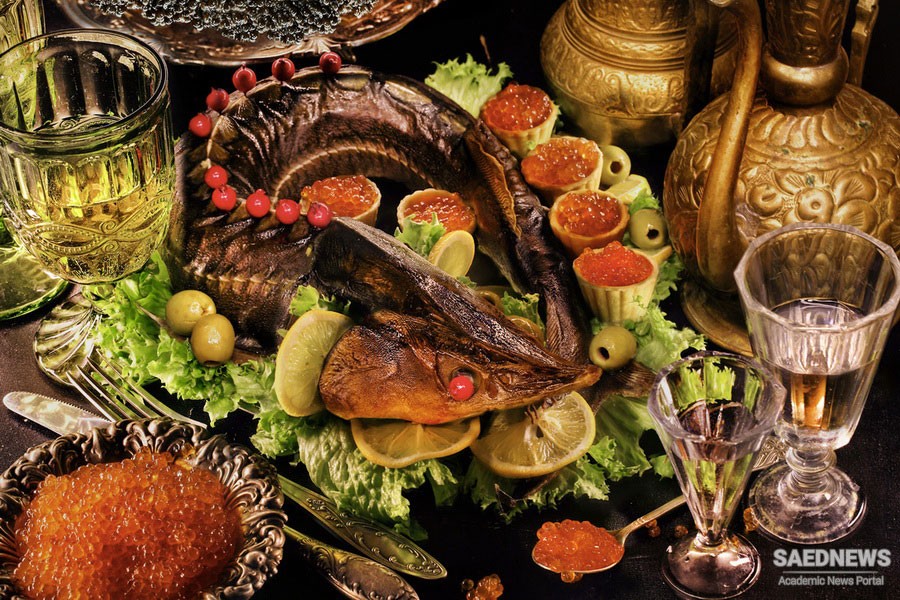This is why traditional Russian dishes are nourishing and cooked of the cheapest and available ingredients. Nevertheless, this cuisine cannot be called poor and unvaried as its gustatory combinations can astonish even the most demanding gourmand. Russian cuisine is built upon the following four pillars:
Vegetables. Abundance of vegetables is one of the distinctive features of the Russian cuisine. Vegetables were pickled and preserved otherwise to supply vitamins for long winters. Cheap, easy to grow and able to be stored for a long time varieties was preferred, such as onion, cabbage, carrot, turnips, and radish. Russians also liked potatoes brought by Peter I at the beginning of the 18th century. Vegetables make the base of rich and nourishing soups, spicy appetizers and are amply added into meat and poultry dishes.
Fish. Russian rivers and lakes have always been rich in fish (perch, roach, pike, ruff, sturgeon), that is why it has an important place in the menu. Besides fish was caught in the winter season as well (the famous “subglacial fishing”), and rich and nourishing fish dishes could be served all year round. Those include soups, roasted and stewed dishes as well as baked food.
Baked Foods. “Bread is the staff of life”, says an old Russian proverb. No meal either at a rich or a poor house can do without bread. There are many kinds of bread with considerably different flavors. However, Russian people have baked, not only bread: Russian cuisine is full of appetizing recipes of baked and roasted dishes of dough. What can be more nourishing and tastier during a long and cold winter? Baked food has always been a distinctive feature of Russian holiday feasts and accompanied many religious and ritual celebrations. Pan fried blini and oladi, famous pies with dozens of various fillings — every housewife has her personal signature recipe.
Cereals. Grains in Russia were used not only for making bread. People have liked to process grains and eat them. Hot and rich Russian porridges are made of a variety of cereals (barley, wheat, buckwheat, semolina), each of which has its own unique taste. Porridge becomes even tastier with various additives: berries, mushrooms or stewed meat or chicken, and roasted onions.


 Egyptian Salad with mashed potato
Egyptian Salad with mashed potato














































